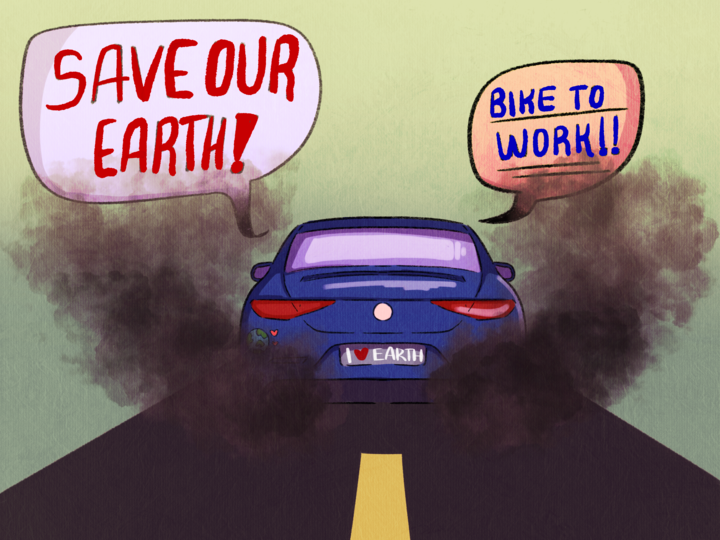The word representation has become a buzzword among millennials. Conversations — or the lack thereof — around representation in television, music, movies and literature have taken center stage, especially in LGTBQ-plus and minority communities. Recently, Toronto-based artist Wynne Neilly brought representation into a relatively new sphere: art.
Neilly’s latest project, titled “Female to ‘Male,'” is currently being displayed in the Joseph Gross Gallery on the UA campus at the School of Art.
Depicting Neilly’s transition during the three years he took testosterone, the installation features a line of Polaroid photos, each labeled with the date, injection number and milligram amount of testosterone. The photos, taken roughly once a week, capture the subtle changes Neilly’s body underwent from August 2013 through January 2016. The installation also contains a box of 125 sharps, used to inject the testosterone, a few empty vials of testosterone and a mashup recording of Neilly’s voice that documents changes in pitch over the three years.
Installations like “Female to ‘Male'” pull taboo topics from the shadows and thrust them into the public’s consciousness. They assure us that it’s okay to talk about these things; in fact, they encourage discussion, which is what art does.
More poignantly, a large part of the installation is a collection of documents: doctors’ and psychologists’ letters, bills from pharmacies, the official name change certificate from the Canadian government and letters from family and friends. These fragile sheets of paper offer a glimpse into Neilly’s mental and emotional journey.
This part of transitioning receives little attention, making this project extremely valuable to trans representation. Artwork like Neilly’s demystifies the sometimes frightening process of transition. Neilly’s project could give someone enough confidence to start their own transition, especially upon seeing Neilly’s expression growing progressively happier in the last few months of photos.
The subject of gender and transition has been taboo for so long that even discussing the possibility of transitioning can seem daunting. Installations like “Female to ‘Male'” pull taboo topics from the shadows and thrust them into the public’s consciousness. They assure us that it’s okay to talk about these things; in fact, they encourage discussion, which is what art does.
The location of this display on our campus is crucial to the impact of the art. For many people questioning where they fall on the gender spectrum, college allows enough freedom and anonymity for them to explore their gender. You can’t make an informed choice without all of the facts, and that’s what Neilly provides, colored with reflection on the emotional aspects of his experience transitioning.
In the installation, a sign explains the reason for the title’s quotation marks around the word “Male.” Neilly believes that “identity is something fluid that cannot be easily defined by use of a single word.” In a time of our lives that seems to demand labels, this idea is vital.
College students are expected to know their major, their minors and their desired career. While these things can be easily labeled and defined, Neilly reminds us that gender does not have to be so clear-cut. We are in charge of our own labels and our own bodies, and if you need a reminder or reassurance of that, just take a stroll through Wynne Neilly’s latest project.
Follow Marissa Heffernan on Twitter.








